Meanwhile, according to the Hanoi Department of Construction, in the process of planning the elevation and drainage of the capital until 2045, with a vision to 2065, this unit will recalculate scenarios to respond to climate change, especially with rainstorms with intensity greater than 310mm/2 days, to improve the city's resilience in the future.
This means that in order for extreme rains to no longer be a disaster, completing approved large-scale projects and synchronizing planning, technical and management solutions is the key to Hanoi basically no longer having to fear flooding.
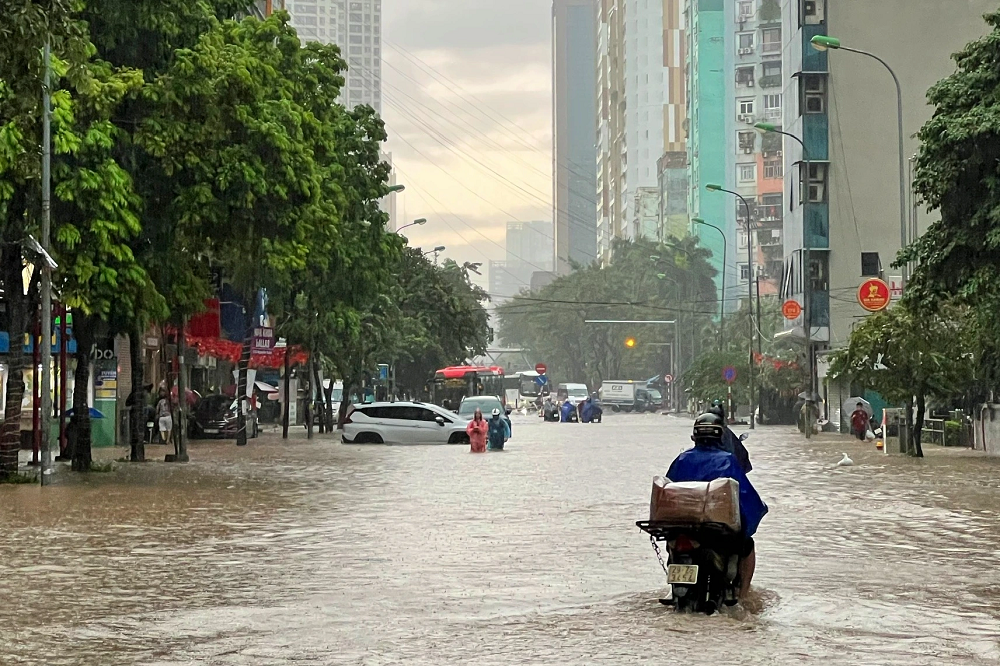
Focus on completing drainage planning
Major cities in Vietnam, including Hanoi, still rely heavily on combined drainage systems, where rainwater and wastewater flow into canals, ditches, and main rivers. Although many large-scale projects have been invested in, the rapid urbanization rate (currently about 44.3%) has caused drainage infrastructure to fail to keep up.
Most of the current sewer network was built decades ago, renovated in a patchwork and unsynchronized manner. Even in some new urban areas, the rainwater and wastewater drainage systems are separated, but only within the project scope and have not created a comprehensive urban network. These are the challenges in solving the flooding problem every time there is heavy rain in many urban areas in recent times.
According to experts, the most effective and sustainable solution for Hanoi is to "open the way" for water. This requires focusing on macro projects, namely river systems, pumping stations, and drainage channels to the Red River and Day River in accordance with the approved planning. Prof. Dr. Dao Xuan Hoc, Chairman of the Vietnam Irrigation Association, said that Hanoi needs to focus on investing in the right focus on pumping stations, canals and main drainage rivers such as Yen Nghia and Lien Mac, and upgrading the To Lich - Kim Nguu - Set - Lu river system according to the design.
“According to calculations, when all projects in the Hanoi drainage planning are completed, the total drainage capacity will reach 504m³/second. At that time, even with prolonged heavy rain, the water in the inner city will only be slightly flooded and drain quickly,” said Prof. Dr. Dao Xuan Hoc.
Meanwhile, Dr. Architect Ngo Trung Hai, former Director of the National Institute for Urban and Rural Planning ( Ministry of Construction ), Hanoi's problem is not a lack of solutions. The city has a drainage plan, a large pumping station system like Yen So, and a policy to increase urban surface permeability and build regulating lakes. However, all of this only meets a part of the actual capacity. The current system can only withstand about 300 - 500mm of rain per day and night, while extreme rain has far exceeded that number.
“Currently, there are many models from other countries such as underground water storage systems that help reduce the load on the urban drainage system when it rains heavily. The problem is whether Hanoi can learn and implement those models or not. A simpler solution could be to create temporary water storage areas - large lakes, temporary semi-flooded areas, so that rainwater has a place to gather and then gradually drain. As for emergency response solutions, mobile pumping stations can be deployed. We cannot wait for water to gather in Yen So before pumping it out to the Red River. Hanoi needs to arrange flexible pumping stations in many inner-city areas, ready to operate when it rains heavily,” said Mr. Hai.
Changing mindset, "living with water"
This is the planning strategy identified by Ta Quang Vinh, Director of the Department of Construction Infrastructure (Ministry of Construction). Mr. Vinh believes that urban areas need to be planned and operated in an adaptive manner, in which engineering and non-engineering solutions must be implemented synchronously and flexibly.
According to Mr. Vinh, it is necessary to implement many synchronous solutions such as updating drainage planning according to climate change and sea level rise scenarios, prioritizing investment in construction of drainage works to handle key flooding points, places that regularly affect traffic, daily life and production. Along with that, it is necessary to expand urban water storage space, increase the area of regulating lakes, water surfaces, river corridors, canals, ditches, minimize the concreting of natural flows, restore the ability to absorb and regulate urban rainwater.
“Currently, the application of digital technology in the management and operation of drainage systems is very necessary. When applying digital technology, flood warning maps, water level sensor systems, smart operation of pumping stations and reservoirs will help urban authorities be more proactive in the face of extreme weather situations,” said Director Ta Quang Vinh.
According to Mr. Vinh, every year, the Ministry of Construction requests the People's Committees of localities to direct the review and inspection of the drainage system of urban areas to ensure flood prevention during rain and flood; and to inspect measures to ensure safety for key technical infrastructure works and urban technical infrastructure systems.
Currently, the Ministry of Construction is completing the legal system on drainage and wastewater treatment such as: Amending Decree 80/2014/ND-CP, developing the Law on Water Supply and Drainage and National Technical Regulations on Urban and Rural Planning. These documents will be the foundation for the "Sponge City" model, a sustainable development direction, helping Vietnamese urban areas proactively absorb, store and reuse rainwater, and flexibly adapt to climate change.
Architect Tran Ngoc Chinh, Chairman of the Vietnam Urban Planning Association, also said that it is necessary to change thinking to adapt and have sustainable solutions for this problem. Urban flooding is the most pressing problem in Hanoi and neighboring cities, so it is necessary to do well many solutions from flood control works, to weather forecasting, flood and rain forecasting, and doing well flood drainage projects...
“Regarding urban planning and design solutions, Hanoi needs to recalculate the city’s irrigation and drainage system. It must not be calculated according to old standards, but must be calculated at a higher level, based on weather forecasts and the current unusual heavy rains to design the drainage system. The drainage system must meet practical requirements. The system of dams, reservoirs, and canals connecting rivers, lakes, and canals must be interconnected and operate smoothly,” said architect Tran Ngoc Chinh.
In addition to management solutions such as ensuring that garbage never fills up the sewers; regularly and immediately checking the drainage system to ensure that water flows uninterruptedly, small rains flow small, heavy rains flow large, and when the rain stops, it must drain immediately; the pumping station system in low-lying areas must operate continuously, Architect Tran Ngoc Chinh also suggested that Hanoi can learn from the model of Japan, where under major roads, especially low-lying areas with the possibility of flooding, people build water storage or tunnels to store very large amounts of water (like the underground Metro system).
City rainwater flowing into low-lying areas will be channeled into this reservoir, holding the water during heavy rains, helping to prevent road flooding. After the rain stops, the water will be pumped into the river or used for agriculture.
“The most important thing is to thoroughly re-examine the drainage system, from canals, ditches, dams, rivers, sewers, drainage gates, and pumping stations. In particular, do not build too many concrete surfaces so that water can seep into the ground. New urban areas must pay attention to natural land, avoiding concreting to make parking lots or shops. For low-lying areas, when planning, green spaces and parks should be left instead of urban construction. Hanoi is lacking parks and green spaces, building too many is a problem in planning,” Architect Tran Ngoc Chinh proposed a solution.
Source: https://cand.com.vn/Xa-hoi/bai-cuoi-cap-bach-thuc-hien-dong-bo-cac-giai-phap-chong-ngap--i785484/


![[Photo] Prime Minister Pham Minh Chinh meets with South African President Matamela Cyril Ramaphosa](https://vphoto.vietnam.vn/thumb/1200x675/vietnam/resource/IMAGE/2025/10/23/1761226081024_dsc-9845-jpg.webp)
![[Photo] Prime Minister Pham Minh Chinh chairs meeting on railway projects](https://vphoto.vietnam.vn/thumb/1200x675/vietnam/resource/IMAGE/2025/10/23/1761206277171_dsc-9703-jpg.webp)

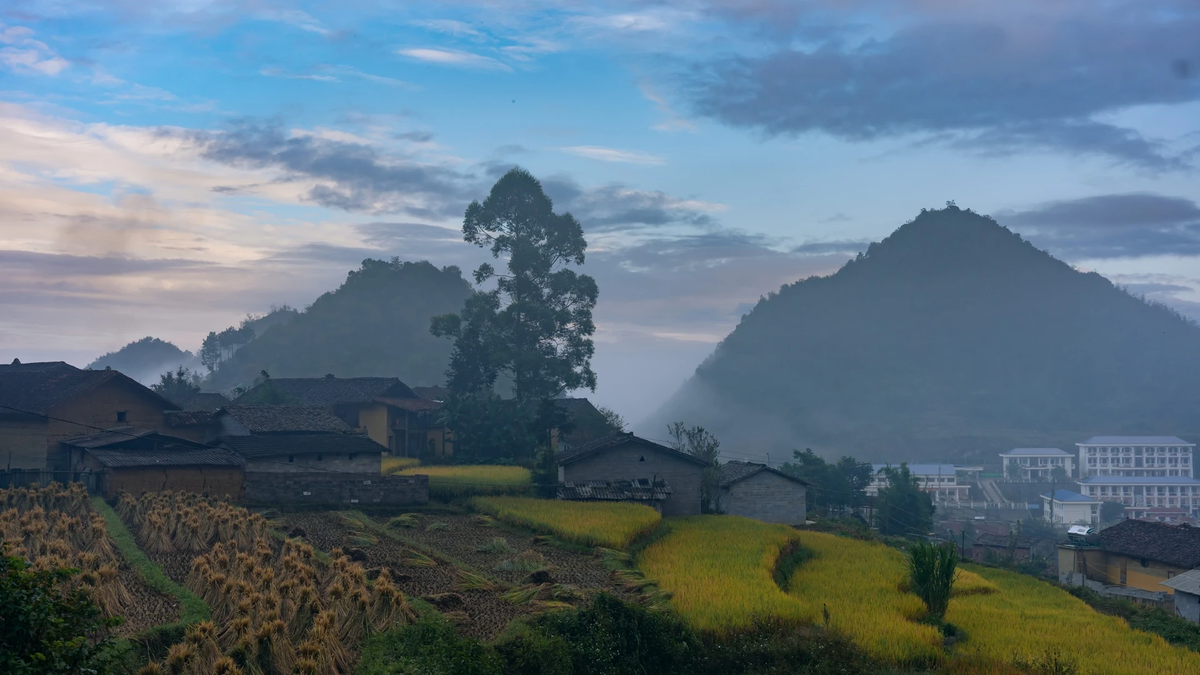
![[Photo] President Luong Cuong holds talks with South African President Matamela Cyril Ramaphosa](https://vphoto.vietnam.vn/thumb/1200x675/vietnam/resource/IMAGE/2025/10/23/1761221878741_ndo_br_1-8416-jpg.webp)











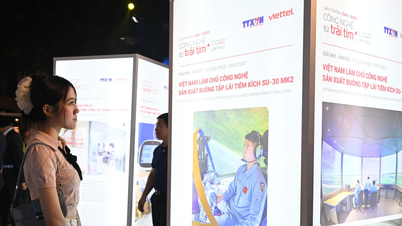




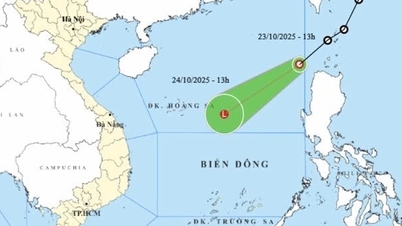

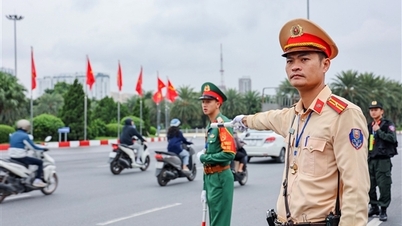
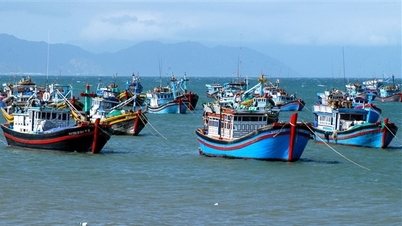
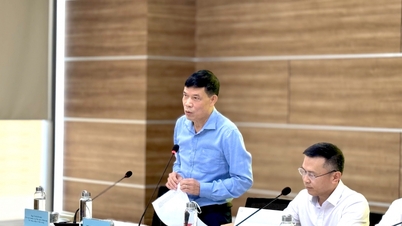














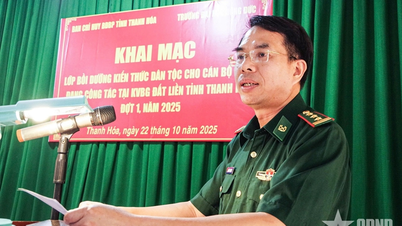



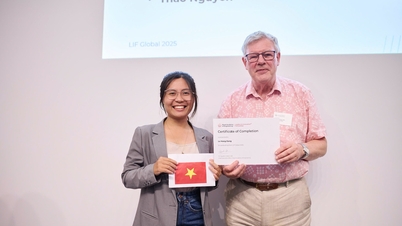





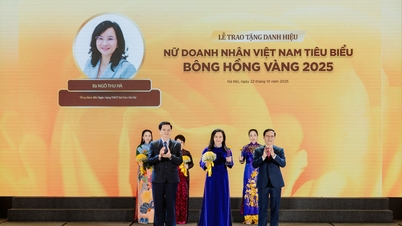















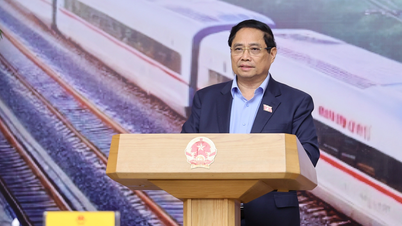







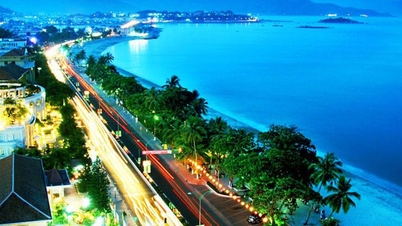
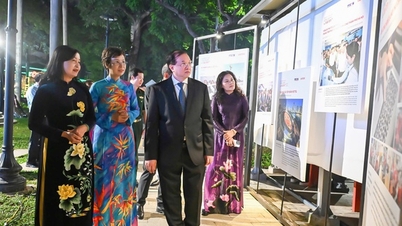
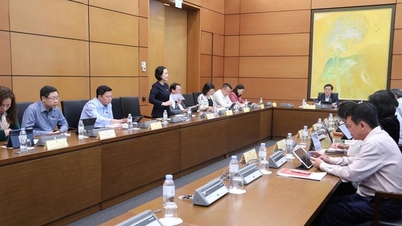





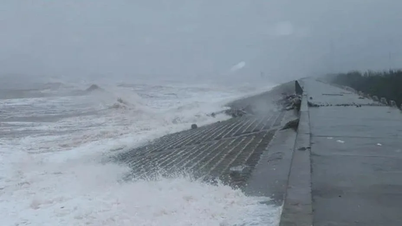



















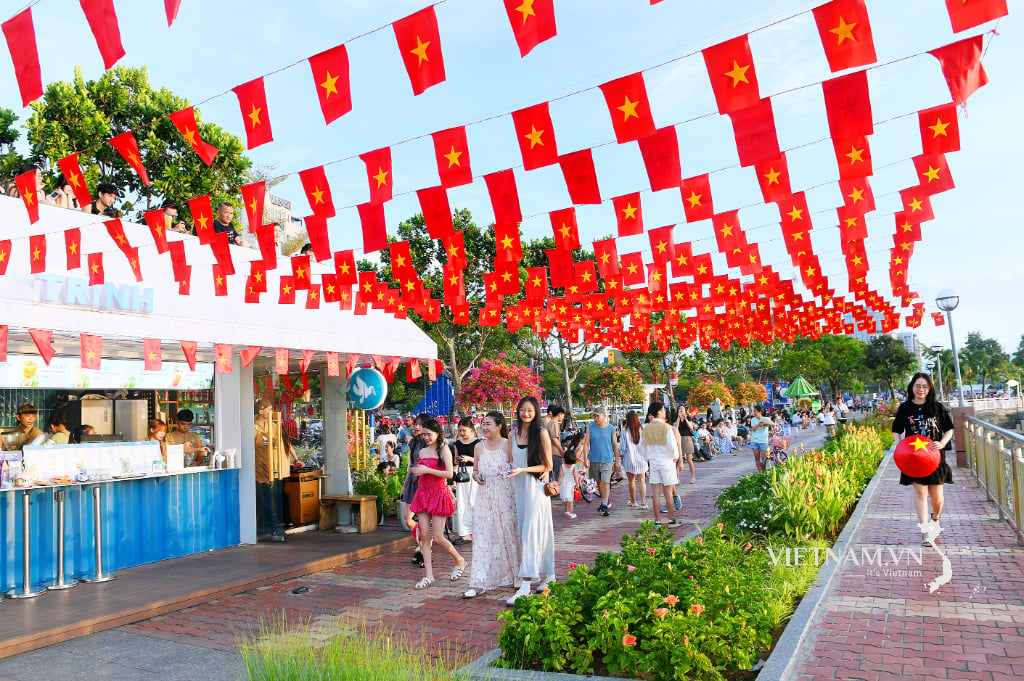

Comment (0)